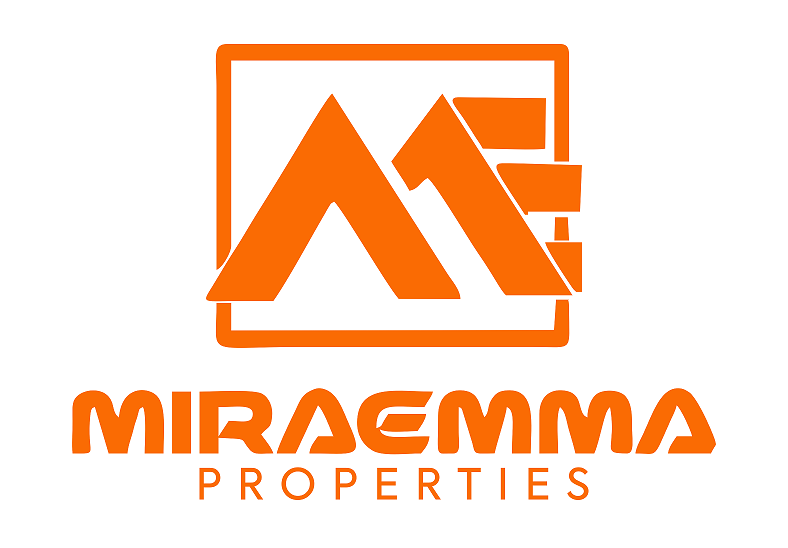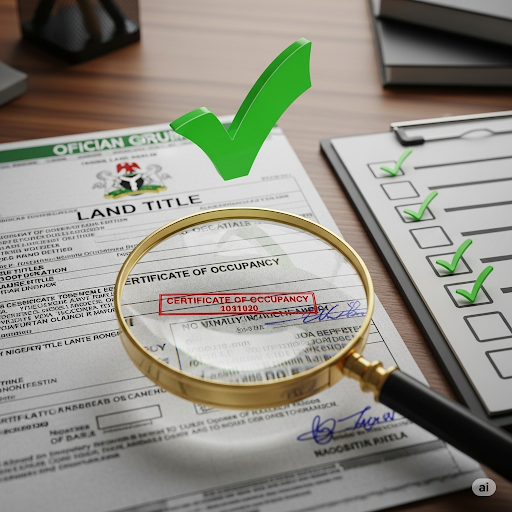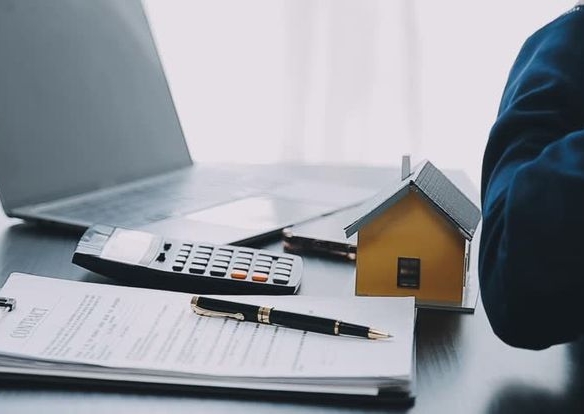In Nigerian real estate, the most expensive mistake you can make has nothing to do with price or location. It’s buying a property with a fraudulent or defective title. This single error can lead to the complete loss of your investment and years of stressful, costly legal battles.
The good news is that this is almost 100% avoidable.
The secret is not just luck; it’s a systematic process of due diligence. This is the exact process professionals use to ensure an investment is secure. This definitive guide will walk you through every step, empowering you to protect your capital and invest with absolute confidence. Forget guesswork; this is your checklist for certainty.
Understanding the Two Pillars of Land Verification
A complete and proper verification process stands on two essential pillars. Skipping either one leaves you exposed to risk.
-
The Physical Verification: Confirming the land’s existence, location, condition, and status on the ground.
-
The Legal Verification: Confirming the authenticity and legal standing of the property’s documents at the official Land Registry.
Pillar 1: The Step-by-Step Physical Verification
This goes far beyond a quick look at the property. This is a technical, on-site investigation.
Step 1: Obtain the Survey Plan from the Seller. Before anything else, request a copy of the property’s registered survey plan. This document contains the most important data for your investigation: the plot’s coordinates, beacon numbers, size, and location.
Step 2: Hire Your Own Independent Surveyor. Do not use the seller’s surveyor. To ensure an unbiased report, you must engage your own registered surveyor. Their job is to act solely in your interest.
Step 3: Charting the Site. Your surveyor will take the coordinates from the seller’s survey plan and “chart” them against the official government master plan. This critical step reveals two things:
-
Confirmation of Location: It confirms that the plot on paper is the same one you were shown.
-
Check for Government Acquisition: It confirms whether the land is “free” or if it falls within an area the government has designated for a future road, pipeline, or other public projects. If the land is under acquisition, it is a major red flag.
Step 4: Conduct a Thorough On-Site Assessment. With your surveyor, visit the site and look for practical issues:
-
Confirm the Beacons: The surveyor will help locate the property’s physical boundary beacons.
-
Assess the Topography: Is the land completely dry or is it swampy/waterlogged? A swampy plot will require extremely expensive sand-filling and foundation work.
-
Look for Community/Family Disputes: Are there any signs of competing claims or disputes? Talk to the neighbours. Ask about the history of the land. In many communities, this can help you uncover potential issues.
Pillar 2: The Step-by-Step Legal Verification at the Land Registry
This is the ultimate test of ownership and where the final truth is revealed. This is a process that must be carried out by a qualified property lawyer.
Step 1: Gather the Necessary Documents. Your lawyer will require copies of the seller’s title documents. This includes:
-
The root title document (e.g., Certificate of Occupancy, Deed of Assignment, Governor’s Consent).
-
The Survey Plan.
-
A valid ID of the seller.
Step 2: Submit a Search Application to the Land Registry. Your lawyer will formally apply to the state’s Land Registry (e.g., at Alausa, Ikeja for Lagos; AGIS for Abuja) to conduct a legal search on the property.
Step 3: The Official Search is Conducted. An official at the registry will use the information provided to pull the property’s file and verify its entire history and current status. They check the documents against the official records held by the government.
Step 4: Analyze the Search Report. The formal search report issued by the Land Registry is the most powerful document in your due diligence process. It will definitely confirm:
-
The True Legal Owner: Is the person selling the property the same person the government has on record as the owner?
-
The Authenticity of the Title: Is the C of O or other title document genuine?
-
Any Encumbrances: Is there a mortgage, lien, or court judgment registered against the property? This would mean a third party (like a bank) has a legal interest in it.
-
The Status of the Land: It will re-confirm if the land is free from government acquisition.
The Green Light: Making Your Final Decision
You only proceed with a purchase when you get a “green light” from both pillars of verification.
Your Partner in Certainty
This verification process is detailed, technical, and non-negotiable for any serious investor. It is the only way to separate legitimate opportunities from disastrous scams.
At MiraEmma Properties, this entire process is built into our DNA. We do not list properties based on the seller’s claims; we list them based on the verifiable facts that emerge from our own rigorous due diligence. We perform this work upfront to ensure that every property we present to you is safe, secure, and ready for investment.
Don’t gamble with your future. Partner with a firm that prioritizes your security above all else.





Join The Discussion